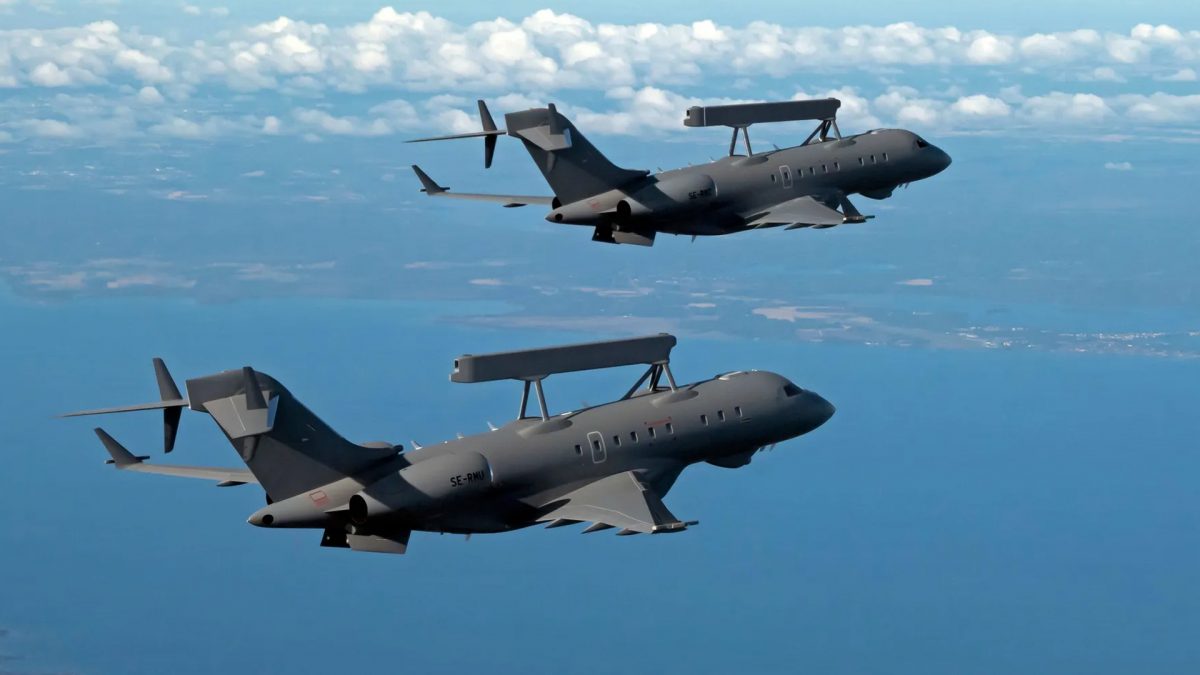In a rather bizarre development, more and more armed forces are retrofitting business jets as spy planes and deploying them in operations across the world. Once associated with luxury and rockstars, business jets are now being repurposed as military spy planes, packed with advanced technology to monitor electronic signals, troop movements, and more.
Militaries around the world are turning to these commercial jets to overcome supply chain issues and bureaucratic red tape, enabling faster deployment of critical surveillance capabilities. Of course, as with all things about military spending, the US leads the fray.
The shift to commercial jets
Instead of relying on specialised, slow-to-develop military aircraft, militaries are opting for readily available jets like the Bombardier Global 6500, according to a report in Axios. In August, the US Army awarded a contract to Sierra Nevada Corporation to lead its High Accuracy Detection and Exploitation System (HADES) programme, which is set to modernise the Army’s intelligence, surveillance, and reconnaissance (ISR) fleet.
The deal, which could reach nearly $1 billion, is built around the commercially available Bombardier jet, allowing for quicker production and deployment, as reported by the portal Defense News.
Bombardier’s jets are already playing a crucial role in military operations. Aircraft like the Artemis and Ares, predecessors to HADES, have completed over 1,000 sorties across Europe and the Indo-Pacific, as per an article from Robb Report.
These planes have been used to monitor Russian activity and serve in a range of ISR missions. Furthermore, the US Air Force uses Bombardier jets for some of its key communications platforms, while Sweden’s GlobalEye and Germany’s Pegasus signals intelligence fleet further demonstrate the adaptability of these aircraft, according to a report in Defense One.
Impact Shorts
More ShortsSimilarly, Saab is another air craft manufacturer that has been roped in for such operations.
US army and its pursuit of commercial jets
Using commercial jets offers distinct advantages. Normally, an aircraft manufacturer’s assembly lines are already running, allowing for immediate production without delays. Often, these jets are referred to as a “Swiss Army knife,” as they can be configured with various sensors and technologies to meet evolving military needs. This adaptability makes them highly valuable in today’s fast-changing military landscape.
The shift towards jet-based surveillance gained momentum following the 2014 Russian invasion of Crimea, where the US Army identified a gap in “deep sensing”—the ability to monitor adversaries from a distance. This capability is essential for fine-tuning targeting and anticipating troop movements. Unlike drones, which have limited range and sensor capacity, business jets can cover larger areas and be equipped with more advanced technology.
As technology and warfare evolve, militaries are increasingly turning to commercial solutions. Business jets, with their speed and adaptability, are becoming essential tools for modern military operations, offering a faster and more flexible alternative to traditional military aircraft.
)